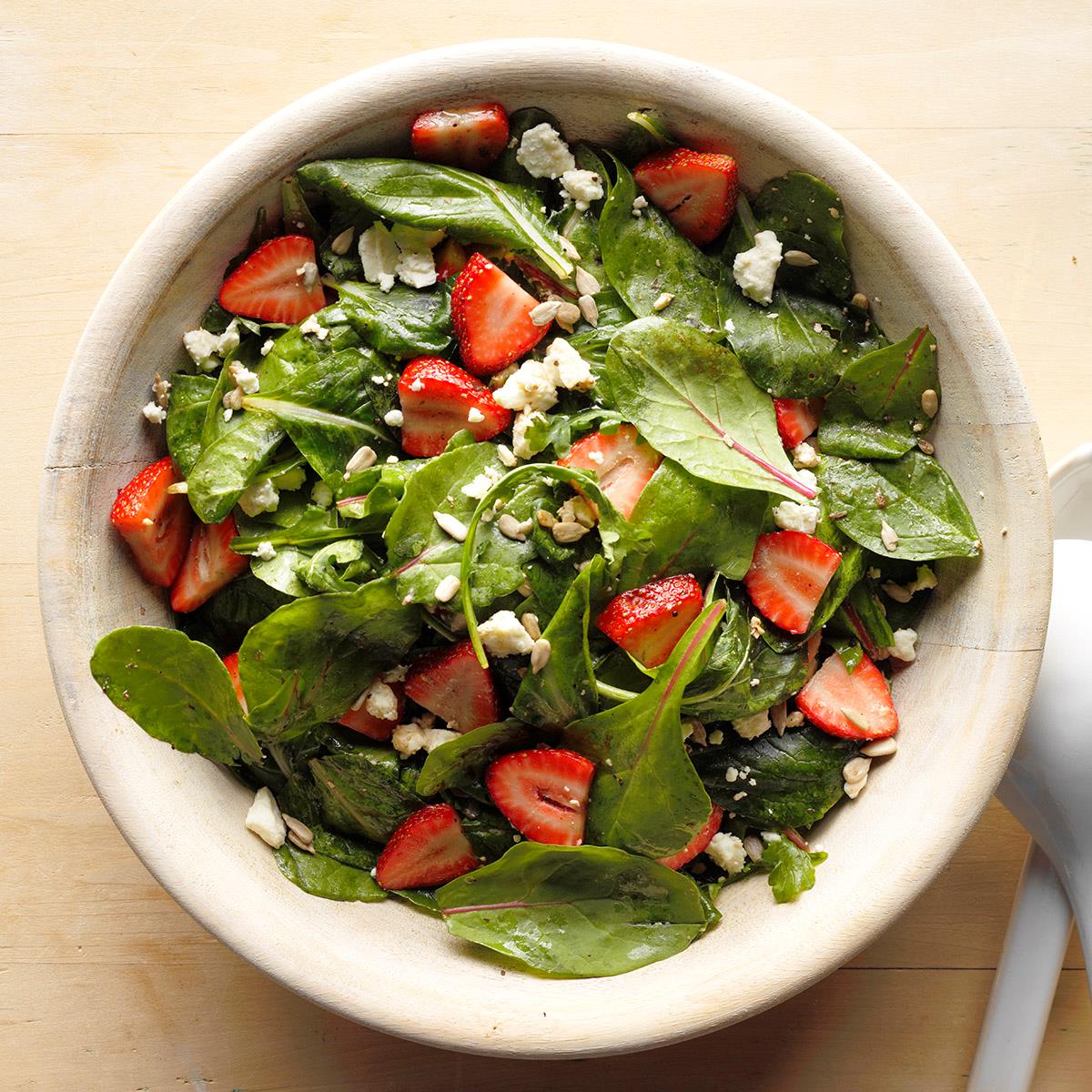One of the biggest costs of working in an office can be lunches - a 'low cost' takeaway can be $10 a day, whereas a fancier lunch can run up to $30.. plus drinks. For office workers going out to lunch every day can cost up to $100 a week.
Bringing lunch from home (Brown Bagging) is an easy way to bring the costs down, but after a while ham and cheese sandwiches get really boring. While it can be tempting to go out for some variety, it's easy to change up the basics to keep things interesting, and on budget.
Satisfying sandwiches
In summer my sandwiches are ham, cheese, tomato and cucumber. In winter it's ham, cheese and tomato on the grill. While the staples are delicious the same thing week in and week out can get dull.
Whenever I ask google for some new ideas the suggestions are extremely costly and elaborate. Instead, there are some super simple options to make it interesting.
- Salad dressing and sauces - Thousand Island Dressing, Mayonaisse and Pesto are delicious on a sandwich. A dollar worth of dressing or sauces can last an entire week and turn a same-same sandwich into something new.
- Herbs and spices - salt and pepper are an obvious choice, but a sprinkle of Oregano turns a ham, cheese tomato sandwich into a pizza sandwich.
- Change up to protein - swap ham for turkey, chicken or roast beef. Each protein has a different flavour and opens the door for different cheese, veg, or sauce options.

Pasta playground
Pasta is a winter favourite, but it's easy to fall into the trap of minced beef, garlic, tomatoes and cheese.
- Change your colour - red sauce pasta is the easy choice, but what about white sauces, that can be creamy, or cheesy, or garlicky. A green sauce can be made with a pesto base, or if you're feeling like something light, a simple lemon juice or olive oil dressing can make a great variety.
- Protein options - mince beef is the staple for spaghetti, but meatballs can give the same flavour and a new texture. Chicken pairs beautifully with bacon and potato. Turkey tastes wonderful with pesto. Chorizo can add a smokey flavour.
- Leveraging Keto for comfort - a favourite trick of mine is to take a 'keto' casserole and add pasta. Keto recipes alone can be heavy and expensive, with an abundance or cream and butter. Adding pasta to a keto casserole reduces the cost per serve, and creates a delicious comfort food that warms any winter.
Salads made special
 When summer rolls around, pastas are heavy and warm. Leafy greens by themselves might not seem exciting, but there are so many flavours that can be added.
When summer rolls around, pastas are heavy and warm. Leafy greens by themselves might not seem exciting, but there are so many flavours that can be added.- Sauce it up - sauce is the trick to any tasty salad. There are the obvious ones like thousand island or ceaser dressing, but you can make your own with a little effort. Olive oil, mustard and lemon juice is cheap, tasty, and the oil will help keep you full. Mayonnaise can be flavoured with ketchup, or garlic, or pepper. For an even easier one, mix hummus with a bit of olive oil.
- Meat and Dairy (or tofu and beans) - salads can be boring when it's just vegetables. they have a reputation for being paired with flavourless poached chicken. Instead try different cheeses like feta or haloumi. Try crumbed chicken tenders, or salmon. And don't skimp on the nuts - cashews are both flavour and texture!
- Sweetness - lastly, try sweet additions. strawberries in a salad are divine (mix with feta, cashews, balsamic vinegar and honey). Apples and walnuts go together. Pomegranate seeds add a crunchy texture and a rich taste.
Vegetarian Variety
We have a high dependence on meat to be the stand out star of our meals. Yet, more than two million people are vegetarians. While for many this is a moral or ethical choice, it can also be a benefit to the budget. While it's easy to see a vegetarian diet as a boring one, it forces creativity, especially for those of us who are not so reliant on meat.When meat is removed from the dish, we're forced to think harder about how to add flavour. Mushrooms and beans are the obvious alternatives, but other stand outs include roast pumpkin, zucchini and eggplant.
You can also draw inspiration from other cultures - lots of Indian and Japanese cuisines are light on meat. Both cultures use large amounts of rice, however the two approaches are markedly different.
If you're struggling to stay inspired, small changes can be some of the better ones - keeping you on an easy routine without letting boredom set in. Once you've tried something new for a while, the old classics will still be waiting for you.





